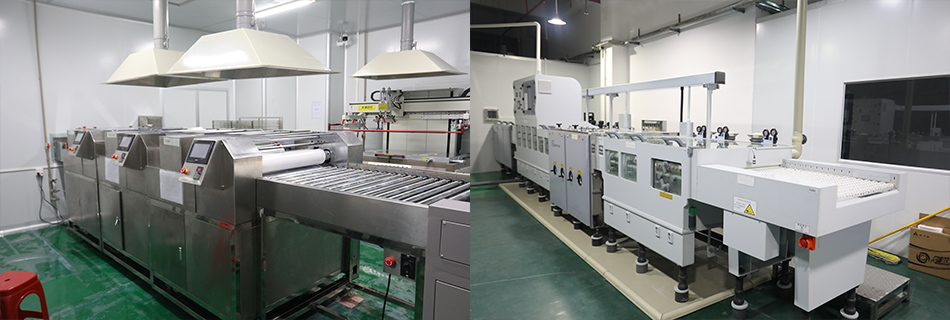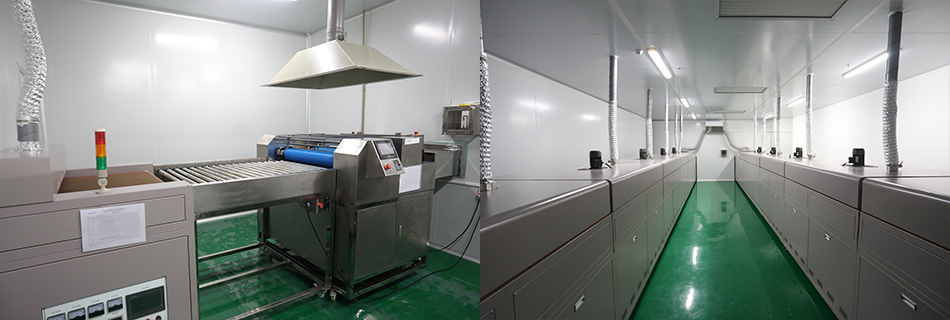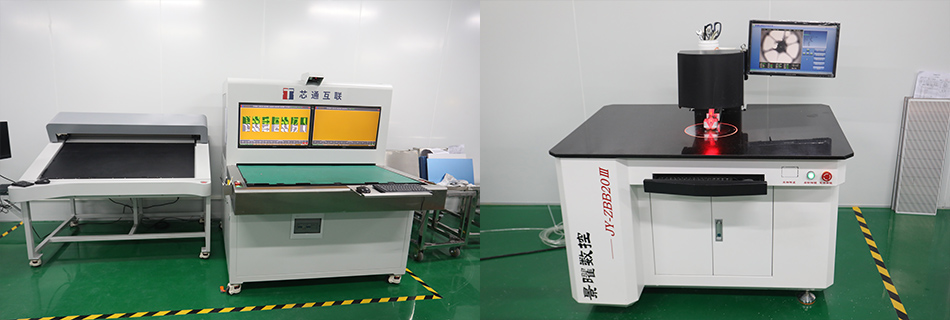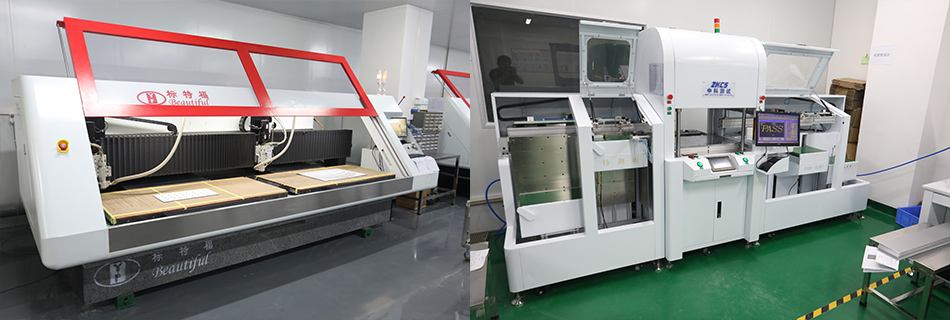-
- PCB TYPE
- PRINTED CIRCUIT BOARD PROTOTYPE ALUMINUM PRINTED CIRCUIT BOARD R&F PCB FPC HIGH FREQUENCY PCB HIGH-TG PCB HEAVY COPPER PCB HDI PCB PCB FOR LIGHTING METAL CORE PCB
time:Sep 18. 2025, 10:03:52
In the world of lighting, LED technology stands as a beacon of efficiency and innovation. Central to the functionality of LED lighting systems is the Printed Circuit Board (PCB), which serves as the backbone for electrical connectivity. This article delves into the essentials of LED lighting PCB manufacture, exploring the process, design considerations, and the key role these components play in modern lighting solutions.
LED circuit boards are critical components in LED lighting systems. They are designed to connect and support the electrical components that bring LED lights to life. The PCB acts as a platform that holds the LEDs and other components, ensuring they are electrically connected and can function properly.
A Printed Circuit Board (PCB) is a thin board made of insulating material with conductive pathways etched or printed onto it. These pathways help to connect different components electrically. PCBs are used in various electronic devices, from computers to household appliances, and of course, LED lighting systems.
The PCB in LED lighting not only provides structural support for the LEDs but also plays a crucial role in thermal management. Since LEDs can generate significant heat, the PCB helps dissipate this heat to prevent damage and maintain efficiency. Good PCB design is essential to ensure the longevity and performance of LED lighting products.

Manufacturing LED lighting PCBs involves several steps, from design to testing. Here, we outline the typical process involved.
The design phase is crucial in LED PCB manufacture. Designers use specialized software to create a schematic layout of the PCB. This includes determining the placement of LEDs, resistors, and other components. The design must account for electrical connectivity, heat dissipation, and space constraints.
Once the design is finalized, a prototype is created. This allows manufacturers to test the design and make necessary adjustments before full-scale production. Prototyping helps identify potential issues in the design that could affect performance or manufacturability.
Choosing the right materials is critical for LED PCB manufacture. The substrate, usually made from materials like FR-4 (a type of fiberglass), must withstand the heat generated by the LEDs. The conductive pathways are typically made of copper, known for its excellent electrical conductivity.
The next step involves etching the copper to form the conductive pathways on the board. This is followed by layering, where multiple layers of the PCB are aligned and bonded together. Multilayer PCBs are common in complex LED lighting systems, allowing for more compact designs.
Holes are drilled into the PCB to allow for the placement of components and electrical connections between layers. After drilling, these holes are plated with copper to ensure conductivity.
A solder mask is applied to protect the copper pathways and prevent short circuits. The silkscreen layer is then added, providing labels and markings to guide assembly and testing.
Finally, the components are assembled onto the PCB, usually through automated soldering processes. The assembled boards undergo rigorous testing to ensure functionality and reliability.

Designing LED PCBs requires careful consideration of several factors to ensure optimal performance and reliability.
Heat is a significant challenge in LED PCB design. Effective heat dissipation is critical to prevent damage and ensure longevity. This can be achieved through the use of thermal vias, heat sinks, and appropriate substrate materials.
Ensuring robust electrical connectivity is essential for the reliable operation of LED lighting systems. Designers must carefully plan the layout of conductive pathways to avoid issues like short circuits or voltage drops.
As LED technology advances, there is a growing demand for more compact lighting solutions. Designing smaller PCBs that can support the required components without sacrificing performance is a key challenge.

The LED lighting industry continues to evolve, driven by technological advancements and growing demand for energy-efficient solutions. As a result, LED PCB manufacture is also advancing, with innovations in materials, design, and production processes.
New materials are being developed to improve thermal management and electrical performance. These include advanced substrates and conductive inks, which allow for more efficient and compact PCB designs.
Manufacturing processes are becoming more automated and precise, reducing costs and improving the quality of LED PCBs. Automated assembly and testing processes ensure consistency and reliability in production.
There is an increasing focus on sustainability in LED PCB manufacture. This includes efforts to reduce waste, improve energy efficiency in production, and develop recyclable materials.

The manufacture of LED lighting PCBs is a complex process that requires careful design and execution. From ensuring effective heat management to optimizing electrical connectivity, each step is crucial in producing reliable and efficient LED lighting solutions. As technology continues to advance, the future of LED PCB manufacture holds exciting possibilities for innovation and sustainability. By understanding the intricacies of this process, businesses can better appreciate the essential role of PCBs in modern lighting systems.

Got project ready to assembly? Contact us: info@apollopcb.com



We're not around but we still want to hear from you! Leave us a note:

Leave Message to APOLLOPCB
